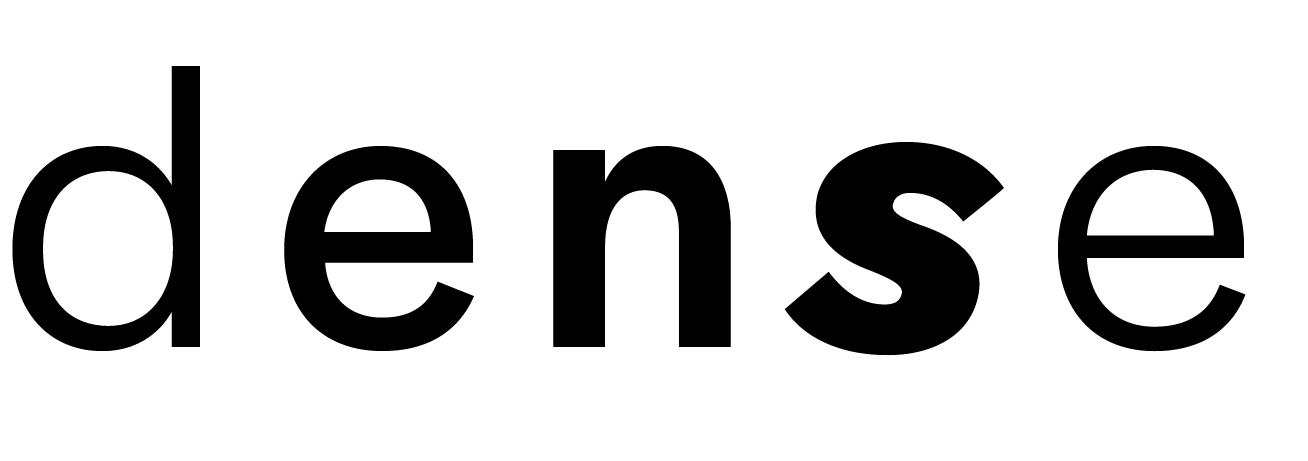It's In My Blood
- DesignShed Org
- Mar 13, 2022
- 4 min read
Updated: Apr 17, 2022
Photographer and Issue 1 contributor Dana Yurcisin joins us to chat about his process, and why he looks up to feel human on the NJ Turnpike.

Photograph by Dana Yurcisin from his photo essay "Ways Beyond Roads."
Whether he’s roaming every corner of suburbia or jamming out with his indie band, New Jersey-based photographer Dana Yurcisin has an eye for the strange amid the mundane. His eerie photographs draw a big following, with images that pierce the polychromatic spectrum where you least expect it. For his Issue 1 photo essay “Ways Beyond Roads,'' Yurcisin explores how “our connections to place and to each other merge, linked from body to vehicle, vehicle to highway, highway to destination,” with a series of ethereal images commissioned by Dense.
Cofounder Petia Morozov talks with Yurcisin to reflect on his process, why the NJ Turnpike is a tricky subject to photograph, and how this iconic roadway is imprinted on us all.
PETIA MOROZOV: Your image with the arm is a little bit out there and brings a different kind of scale to your work. How did you come to it, and how has it taken on new meaning in relation to the rest of your work?
DANA YURCISIN: That image was the impetus of my whole project. None of the other images have people in them, so I wanted one to have that human element, like a grounding force. Roads are referred to as veins and arteries. That's probably why it was the first thing in my head. It might seem cheap to pick a metaphor and make it literal, but that's always been a device I've found interesting in visual media.
A road as an artery. What would that look like? I started experimenting to see what I could do, and it came together pretty easily compared to the others. This was the one where I was like, I know what I'm trying to do here.
For the rest, I was just going out, shooting on the Turnpike. I had no idea what that meant. Luckily my girlfriend was willing to just drive around, and I figured it out later. I knew what I wanted with that image first.
PM: Your story really does set a new tone for the rest of the work. Just thinking how the Turnpike has been aestheticized in so many different ways, there’s no presence of humans. But when we have traveled a road so many times, even in our cars, how does it become part of us? The image leaves open a few different ways to feel that. Just curious, is that your arm?
DY: That's my girlfriend's arm. She modeled for me. I’ve got too many tattoos. It wasn’t gonna work on me. I wasn't even sure the effect would work. I don't know how to manipulate human skin in that way.
PM: Well, we owe a lot to your girlfriend!
DY: She's the MVP of this project. We help each other out. Yeah, I like to take a scene that you think you know and play with it. Like, “Oh, that's off or weird,” or something like that.
PM: You wanted the markings.
DY: Yeah. That needed to be the concentration. Anything else would've just kind of taken focus away from that.
PM: They convey that embodied sense that these practices and rituals of movement become part of us. For folks who are already familiar with your work, this might appear as some kind of departure in your style.
DY: On the surface it's different, but in reality it's very much in line with everything else I've created.
PM: How so?
DY: Just the style of shooting. I typically walk around suburbs and take photos of houses and regular stuff that you might walk by. It doesn't seem very interesting, but by taking the time to look at it a little more, you realize it's actually very beautiful. I wanted to shoot on the Turnpike, where I could just leave and float above. But I can't get to it like in a video game where I just get outta my car. You can't traverse in that way. You're just bound to either the north or south lanes, and you gotta try to capture what you can while you're zooming at 75 miles an hour.
I usually just go out and shoot the final product, but here, I have to see what I capture, get ideas based on that, then go back and do the real version. So that was very new, and in the beginning, very intimidating, but ultimately I'm happy with how it all came together.
PM: You take a lot of advantage of the sky. It becomes this amazing anchor in a way that was really surprising. You move the expectations away from the road and, quite literally, into the ether. I was flying into Newark the other morning, along the Hackensack River and the Turnpike. That transition from looking from above to racing alongside all the trucks just before landing, that's when you can appreciate everything that the Turnpike’s path had to negotiate. Huge industrial drums, the Marine port with its cranes, shipping containers, bridges. It's crazy to see how complex the whole place gets.
DY: I love that landscape. It’s in my blood.
Dana Yurcisin is a songwriter, producer, filmmaker, and photographer. His band Grasser's debut album Get Real, Quick! showcases his expansive skillset with him performing, producing, mixing, designing the album art, and directing/editing its accompanying music videos.
Booth, Please is our weekly newsletter that explores the dreams, discoveries, confrontations, and epiphanies that emerge when design meets New Jersey — all set within the comforts of the world's diner capital. Subscribe below and cozy up every Sunday.







Comments